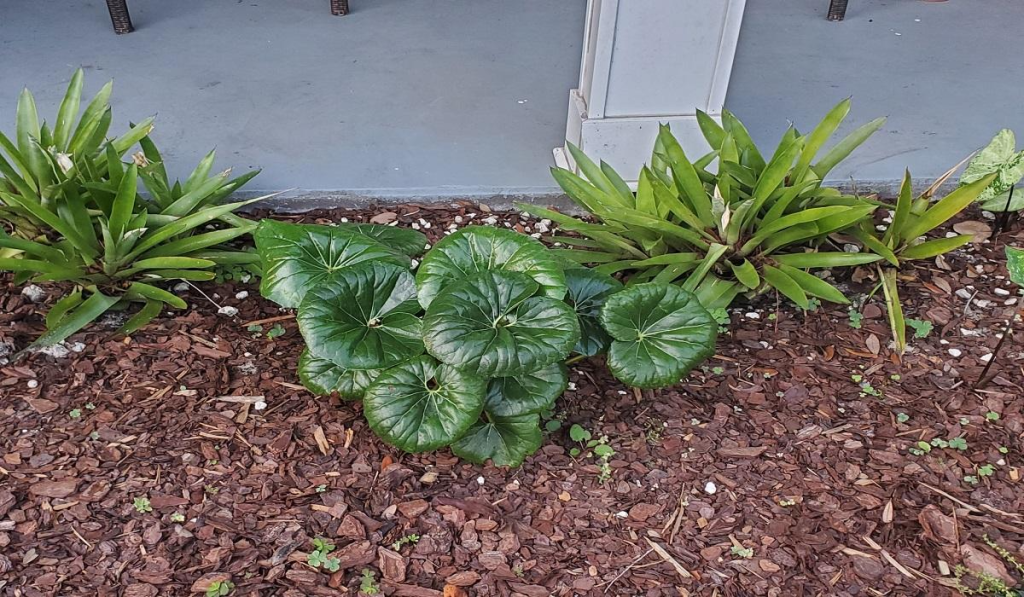
With the shift of the seasons to fall and winter, most gardeners are looking to add colour to the darker areas of their outdoor spaces with bold foliage and vivid colours. The beautiful Ligularia, also known as the tractor seat plant, is frequently the result of a search.
With its large, glossy, deep green leaves that resemble the seat of a tractor, this perennial immediately stands out.
The Plant Company’s Favorite Choice
Tractor seat plant is a top recommendation from The Plant Company, a client renowned for providing exceptional advice on plant selections, landscape design, and maintenance in Christchurch. Their expertise ensures home gardeners find the perfect specimens to enhance both the colour and texture of gardens through the colder months.
Features and Varieties
The tractor seat plant’s claim to fame is its lush foliage and tropical appeal, bringing vibrancy to temperate gardens. There are several types, each offering unique leaf shapes, flower styles, and sizes.
Notably, the Britt-Marie Crawford displays chocolate-maroon coarsely toothed leaves, while the Rocket variety shows off triangular, ragged foliage with explosive flower clusters. Little Lantern is more compact and profuse in golden, daisy-like blossoms, and Osiris Café Noir stuns with black-purple, arrowhead-shaped leaves.
Planting and Care Essentials
Ligularia also grows in USDA zones 3-8, and the plant thrives in fertile, organic soil —ideal in a rain garden or a place with good drainage. It prefers semi-shade and must be watered regularly, especially during hot summers or drought periods.
Its growth and flowering are optimized by regular feeding with liquid or slow-release fertilizer in the spring and fall.
To keep in full blast:
- Divide clumps every three to four years, ideally in early spring or very late summer
- Water diligently after transplanting divisions until established
- Take away burnt leaves during late winter.
- Fertilize with a balanced, slow-release product for year-round results.

Overwintering Tips
Tractor seat plants can suffer in winter, particularly from frost, but gardeners should not be alarmed. In colder climates like Christchurch, affected foliage should be left on during winter for extra protection.
Come spring, cut damaged leaves back to the ground, and new growth will quickly follow. Extra care, including slug bait application, helps prevent slug and Japanese beetle damage. Plants typically return from the roots once winter recedes.
Why Choose Tractor Seat Plant for Fall and Winter
The tractor seat plant is valued for more than just showy flowers. It has massive and leathery leaves that present a great contrast with the delicate textures in the garden, as well as give it a tropical touch throughout the whole season.
It starts flowering late in the autumn in deep yellow, daisy-like clusters on tall stalks, which are good in cut arrangements. Gardeners seeking to freshen their gardens will consider the tractor seat plant a reliable solution for adding colour, texture, and low maintenance.
Whether through professional advice from The Plant Company or DIY planting, this beautiful perennial transforms gardens well beyond the ordinary, making fall and winter a season of bold visual impact.







